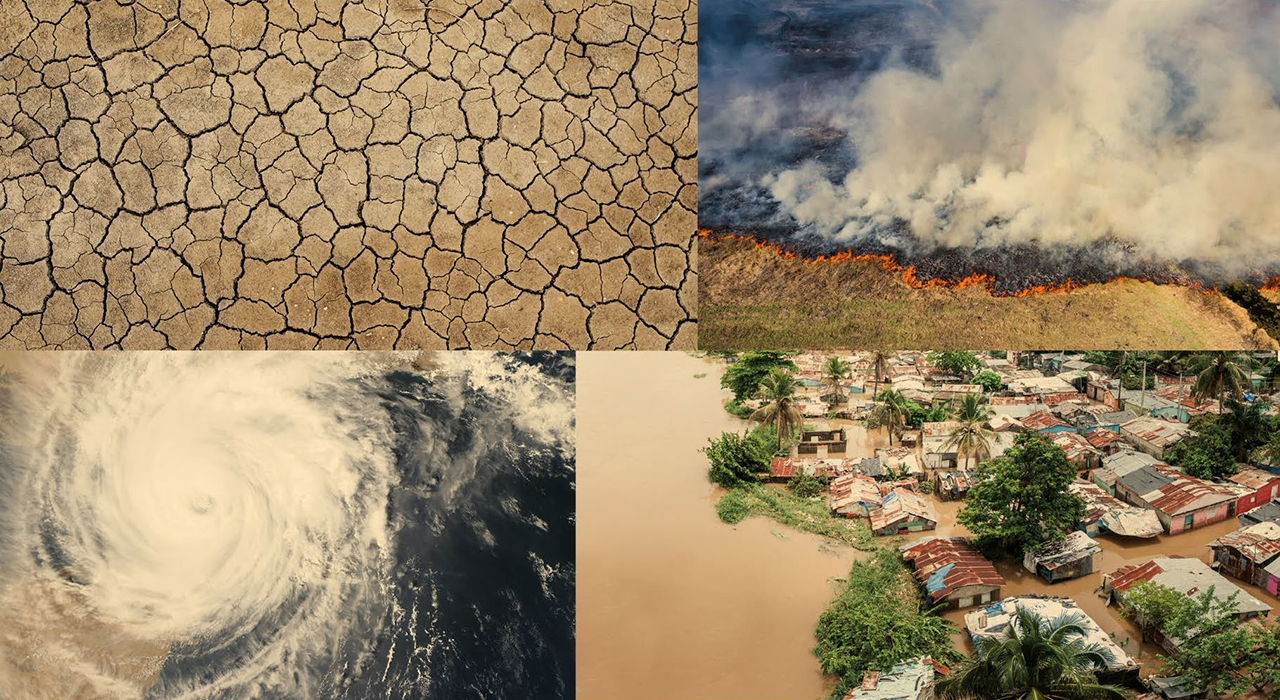CEMC: Climate change evaluation Methodology for military camps
Climate change has been mentioned for several years in armed forces strategic documents, whether it be in documents from the French ministry for the Armed Forces1 or foreign ministries of Defense. Often these changes are seen as a threat to national and international security or as a risk/threat multiplier, especially due to the increased intensity and frequency of extreme and slow-onset climate events and their consequences on the strategic landscape.

Beyond doctrinal elements, few of the most advanced countries’ armed forces started integrating climate issues into their practices, through the creation of dedicated strategic committees, via efforts to achieve energy resilience or programs fostering operations and equipment’ adaptation to a warmer world3. Military installations are not exempted from climate vulnerability and a small number of countries, led by the United States (USA), initiated camps’ evaluations.
The conduct of such assessments is hardly surprising, considering that many military camps are located in areas that are, and will be, particularly affected by climate change impacts. These assessments rely on public methodologies (for the United States and the United Kingdom), and each of them displays specificities in its approach (conceptual framework, quantitative or qualitative approach). However, this exercise remains an exceptional practice for ministries of Defense, in contrast with the numerous climate vulnerability assessments applied to civilian infrastructures and ecosystems.





